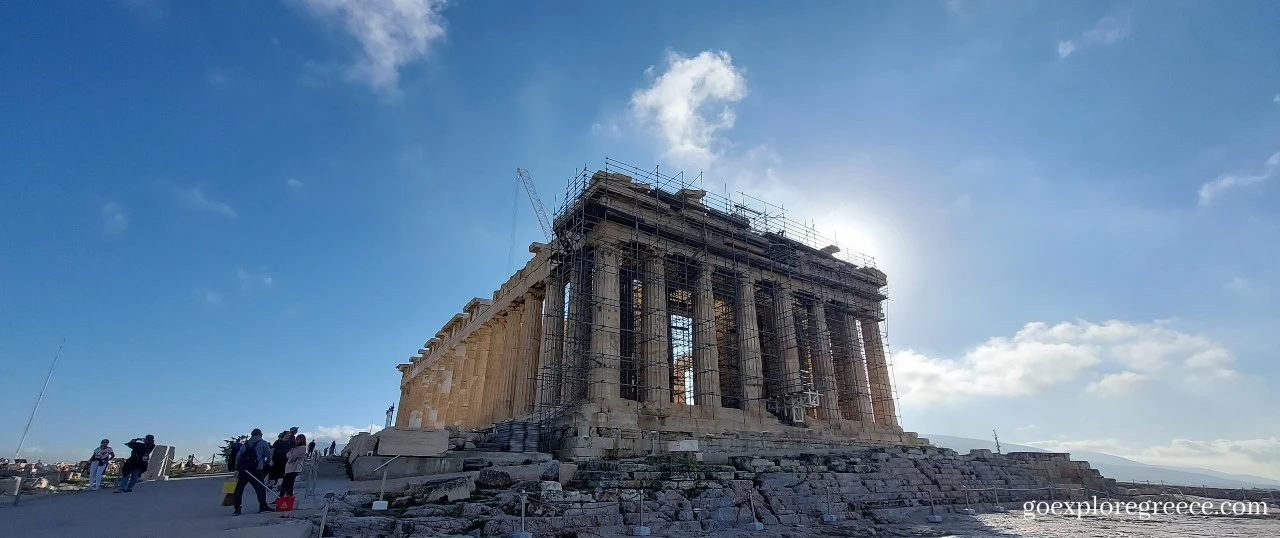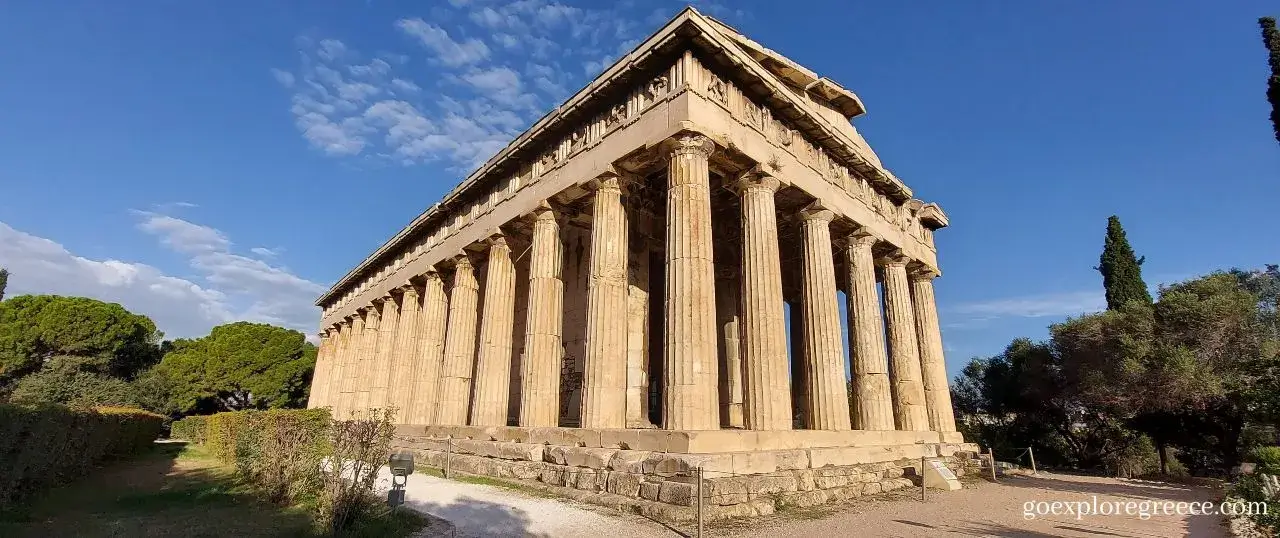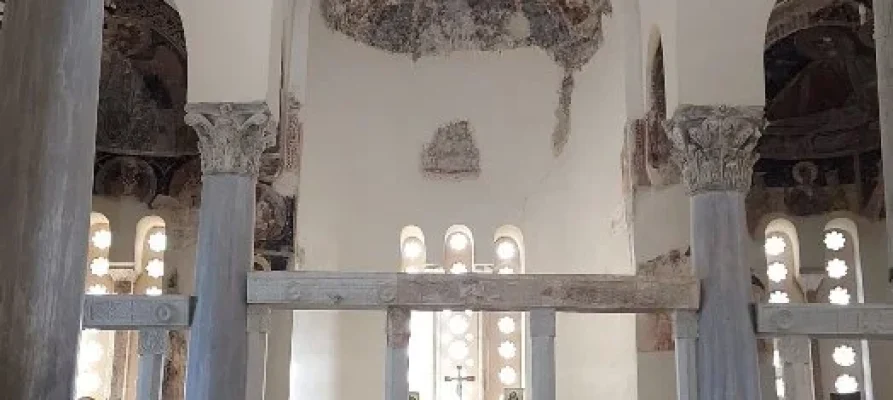Church of the Holy Apostles
Church of the Holy Apostles
I’m excited to share with you one of my favourite hidden gems in this ancient city. Nestled within the heart of the Ancient Agora of Athens, the Church of the Holy Apostles is a must-visit destination for anyone. So, why should you visit the Church of the Holy Apostles? Let me count the ways.
First, let’s talk about its name. The Church of the Holy Apostles, also known as Agii Apostoli, is dedicated to the Apostles, the original followers of Jesus Christ. The church was believed to be built to honour and celebrate their teachings. In fact, the church has another name, “Holy Apostles of Solaki,” which refers to the Solakis family that funded its construction.
The Church of the Holy Apostles is situated in the heart of the Ancient Agora of Athens, an archaeological site filled with remnants of the ancient city. You can find it at the northwest corner of the Agora, just steps away from the world-famous Acropolis. It’s amazing to think that you’re walking on the same ground as Socrates and Plato once did thousands of years ago!
Speaking of history, the church dates back to the 10th century, making it over 1,000 years old. It was built during the reign of the Byzantine Emperor Leo VI the Wise, known for patronising the arts and religious institutions. This beautiful, historic church has stood the test of time, witnessing the rise and fall of empires and surviving multiple invasions.
When you first approach the church, you’ll be struck by its unique architectural design. The Church of the Holy Apostles is an exquisite example of the Byzantine “cross-in-square” architectural style. It features a central dome supported by four columns, with four smaller domes surrounding it. The exterior is adorned with beautiful brickwork and decorative patterns, giving the building a distinctive appearance that sets it apart from other churches in Athens.
Once inside, you’ll be captivated by the church’s stunning frescoes and mosaics. The interior is adorned with intricate paintings that depict biblical scenes, saints, and the life of Jesus Christ. One of the most striking pieces is a fresco of Christ Pantocrator, an iconic representation of Jesus Christ in Christian art. These masterpieces date back to different periods in the church’s history, offering visitors a glimpse into the rich artistic heritage of Byzantine Greece.
What’s even more fascinating is that the Church of the Holy Apostles is not only a historical and artistic treasure but also an active place of worship. Stepping inside, you’ll feel the sense of reverence and tranquillity that has filled this sacred space for over a millennium. Light a candle, say a prayer, or simply sit and absorb the peaceful atmosphere as you contemplate the incredible history that surrounds you.
In a city filled with world-renowned attractions like the Parthenon and the Temple of Olympian Zeus, the Church of the Holy Apostles offers a quieter, more intimate experience. Its unique architecture, ancient frescoes, and historical significance make it a must-visit destination for anyone travelling to Athens.
While the Church of the Holy Apostles is a historical site with immense cultural significance, it’s important to note that accessibility for those with disabilities and impairments might be limited. As an ancient building, it may not have all the modern facilities and adaptations you would find in newer constructions.
That being said, the church is located on relatively level ground within the Ancient Agora, which may be helpful for those using wheelchairs or mobility aids. However, the terrain in the Agora can be uneven, with cobblestones and steps in certain areas, so it’s essential to exercise caution and be prepared for a challenging experience.
The interior of the Church of the Holy Apostles is rather small, which might make it difficult for wheelchair users to navigate or access all parts of the church, especially if there are other visitors present. Moreover, there may be limited or no seating available for those who need to rest.
As for visitors with visual or hearing impairments, there might not be any specific aids, such as braille or audio guides, available to assist you during your visit. If you are traveling with a companion, they can help guide you through the church and describe the architectural details, frescoes, and mosaics.

























